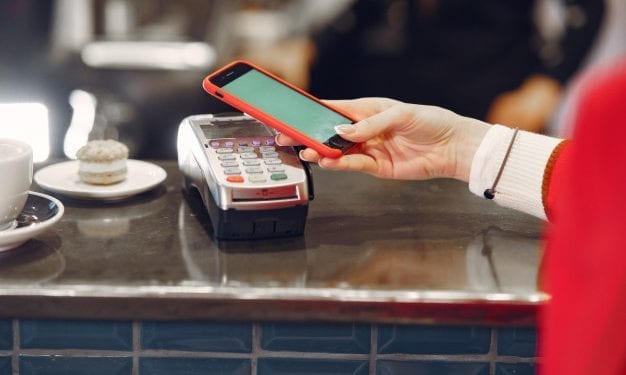More consumers are leveraging contactless payments at the point-of-sale, and more businesses are also shifting their focus towards cashless payment methods, paying the extra processing fees. According to a recent report by PwC, the shift to digital payments was already increasing, pre-pandemic. Global cashless payment volumes are expected to increase by more than 80% from 2020 to 2025. This translates to “about 1 trillion transactions to about 1.9 trillion, and to almost triple by 2030,” per PwC.
Asia-Pacific, the fastest-growing region, will see its cashless transaction volume increase by 109% until 2025. It will then continue to grow by 76% from 2020 to 2030. The U.S. and Canada are also growing, but less rapidly at 43% and 35%, respectively.
Is Cash Still King?
While we are progressing more towards a cashless society, cash is still king—at least in some places. In 2018, lawmakers in New Jersey, San Francisco, and Philadelphia cracked down on businesses that refused to accept cash. That’s because cashless businesses discriminate against the unbanked, as these individuals may not have access to either a bank account or a credit card.
The New York City Department of Consumer and Worker Protection discovered that 11.2% of households within New York’s city limits do not have a bank account. And 21.8% of households depend on alternative financial products
In 2020, a bipartisan senate bill was introduced to prohibit retailers from banning cash payments. They argue that banning cash entirely could discriminate against the 6% of Americans who don’t have a bank account.
The largest groups who do not have access to contact payment solutions include low-income individuals, older adults, immigrants, and the homeless.











